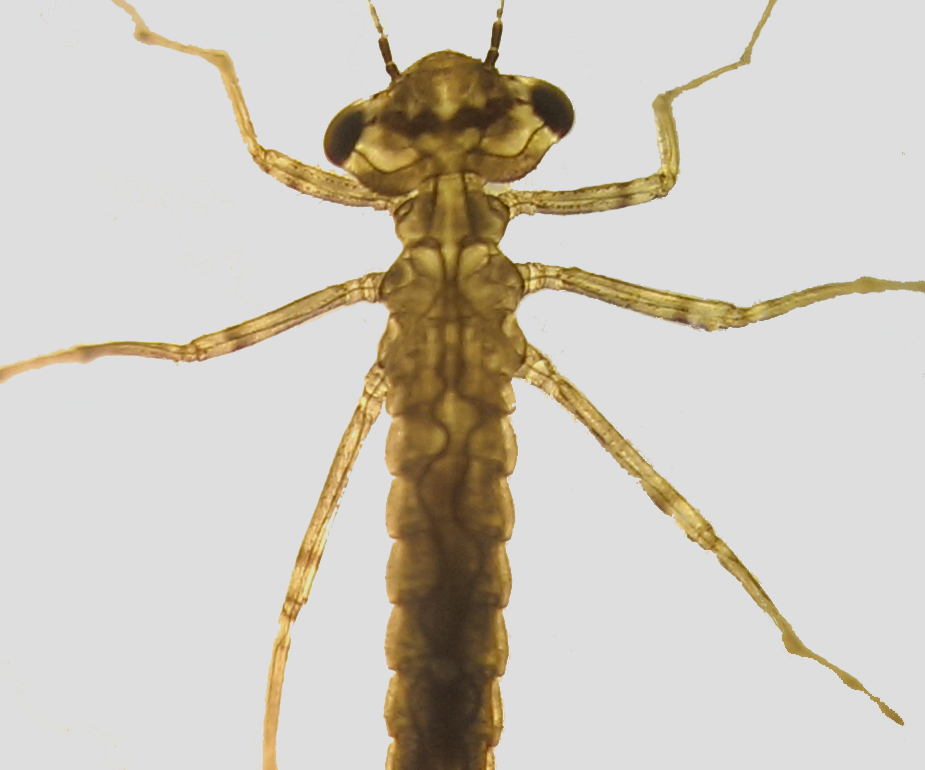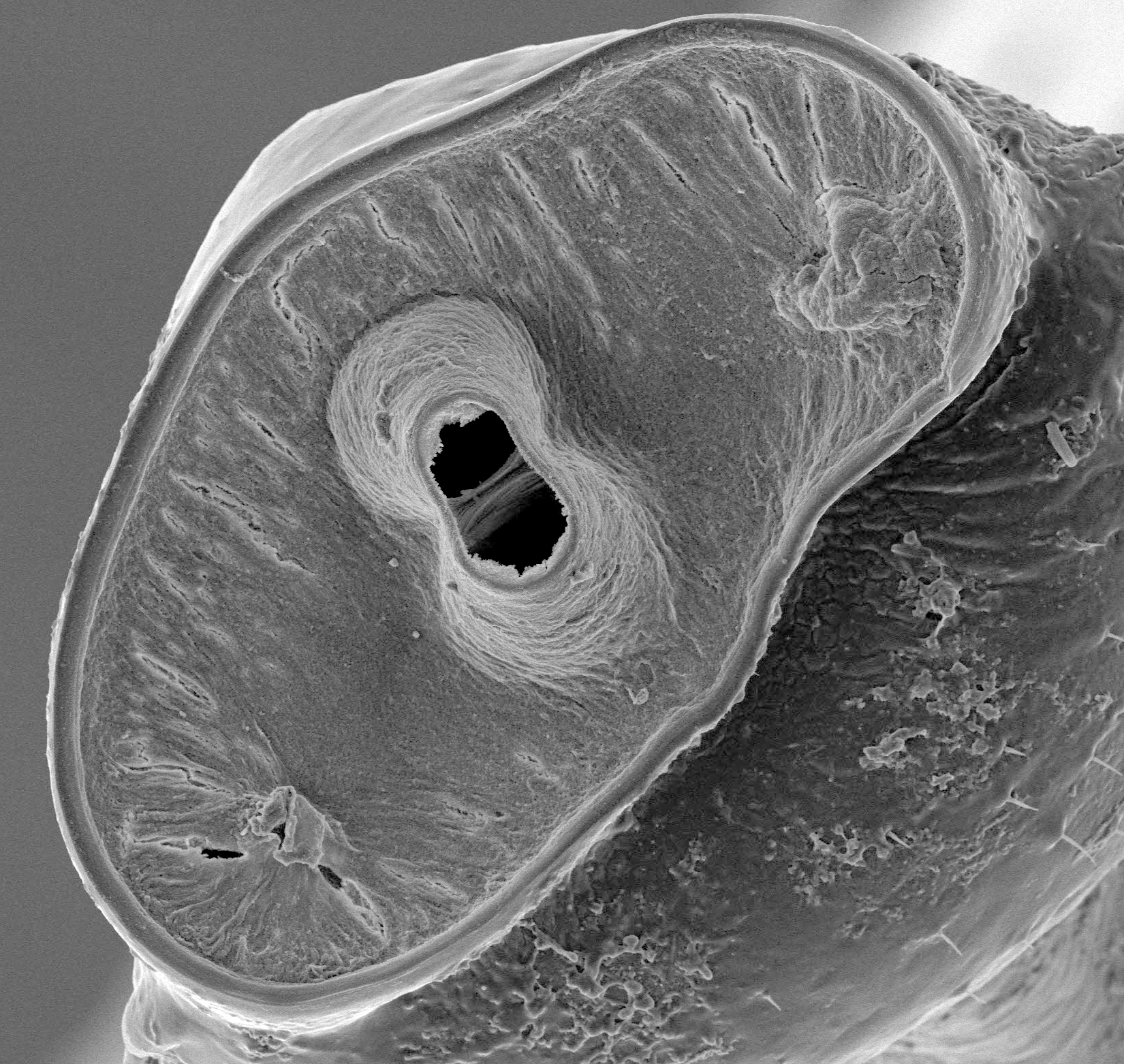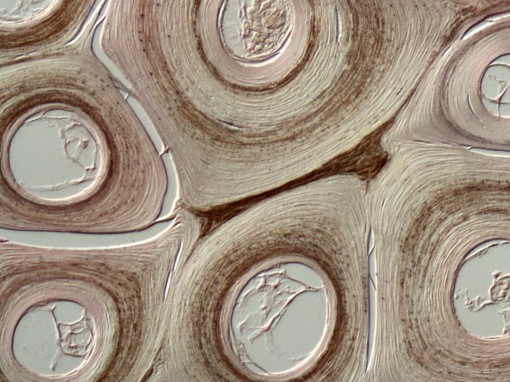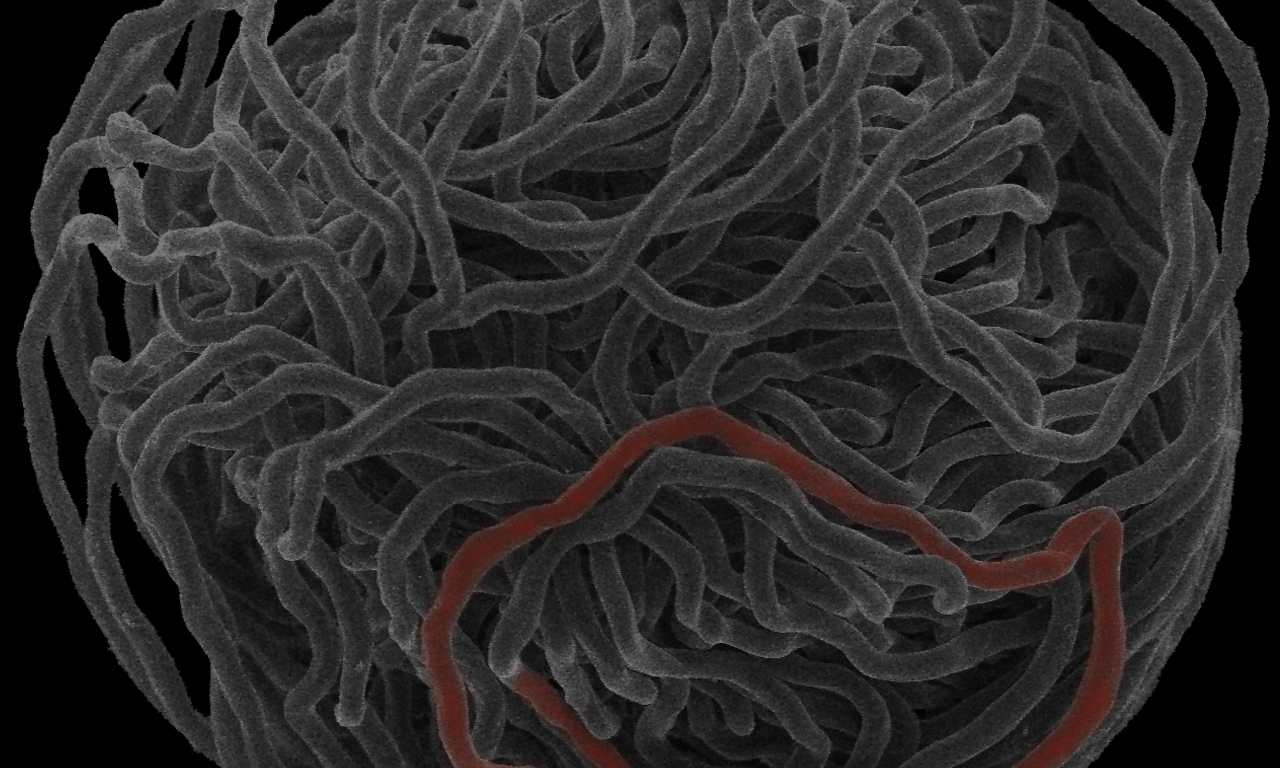Damselfly eco-mechanics

Damselflies are familiar insect predators that are commonly seen around ponds in temperate habitats. The damselfly life cycle includes an aquatic nymph stage that is also predatory. At their posterior end, damselfly nymphs possess three caudal lamellae that function both as gills and as paddles during undulatory escape maneuvers. Much like the tails of certain lizards, the caudal lamellae can readily break free from the rest of the animal if grasped by a predator (such as a dragonfly nymph) with sufficient force. Work in Beren Robinson’s lab previously showed that the morphology of the caudal lamellae differed significantly between nymphs from ponds where fish predators were present and where they were absent, with fish-less ponds having nymphs with lamellar joints that were generally thinner than ponds with fish. We recently showed (Gleason et al. 2014) that these differences in morphology correlate with differences in the force required to break off the lamellae, suggesting that the presence of grasping predators favors nymphs that can more readily let go during an attack. In contrast, where fish predators, which are typically suction feeders, are common, grasping predators are less common, and there is little benefit to having lamellae that readily break free. Undergraduate researcher Katie Black is currently testing the hypothesis that the lower lamellar breaking force of nymphs from fish-less ponds is mediated by an adaptive developmental response triggered by the presence of dragonfly nymph predators.

We are studying the mechanics of how the caudal lamellae break off from the body when grasped by a predator. To the left is a scanning electron micrograph of the fracture plane at the joint where a caudal lamella was previously attached. For more information, see Gleason et al. (2014).
Other Research in the Fudge Lab





